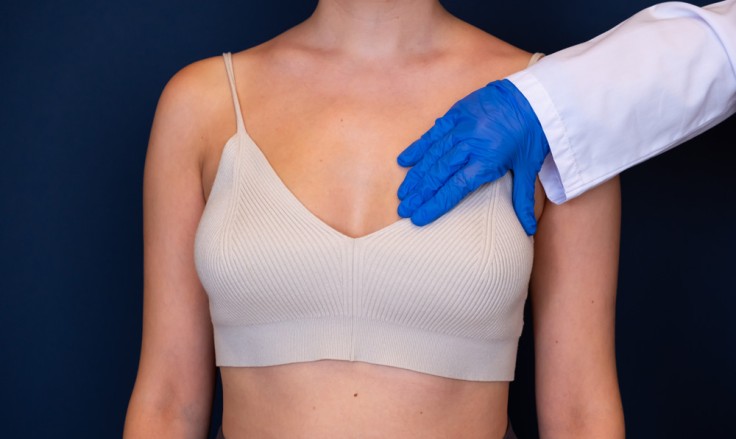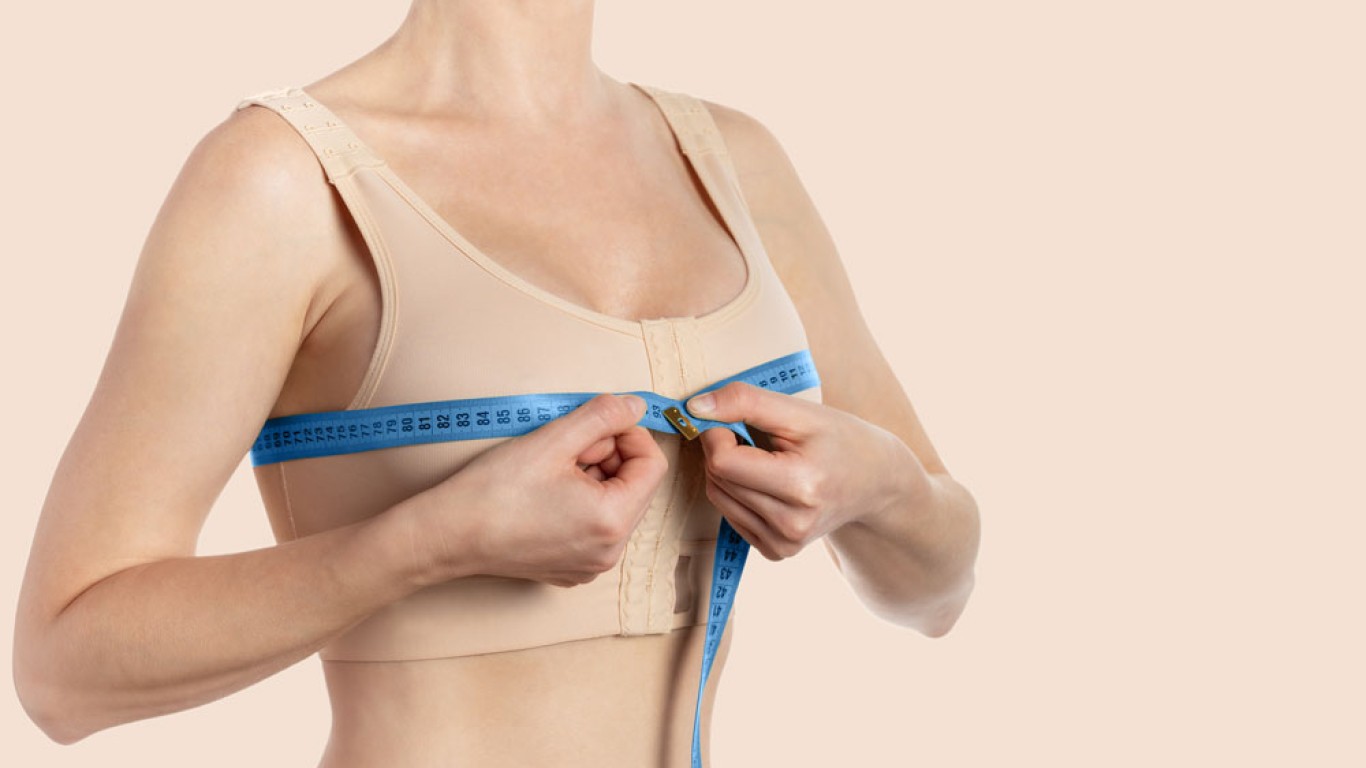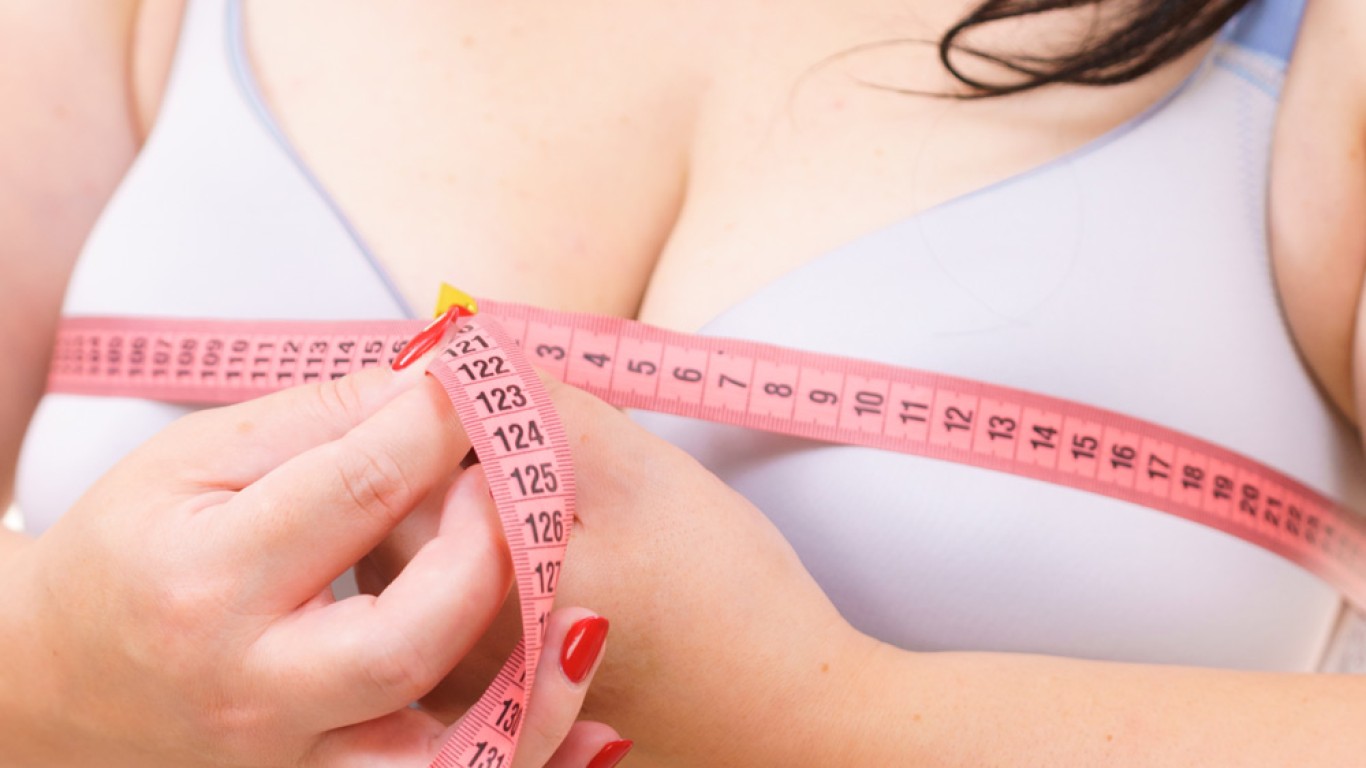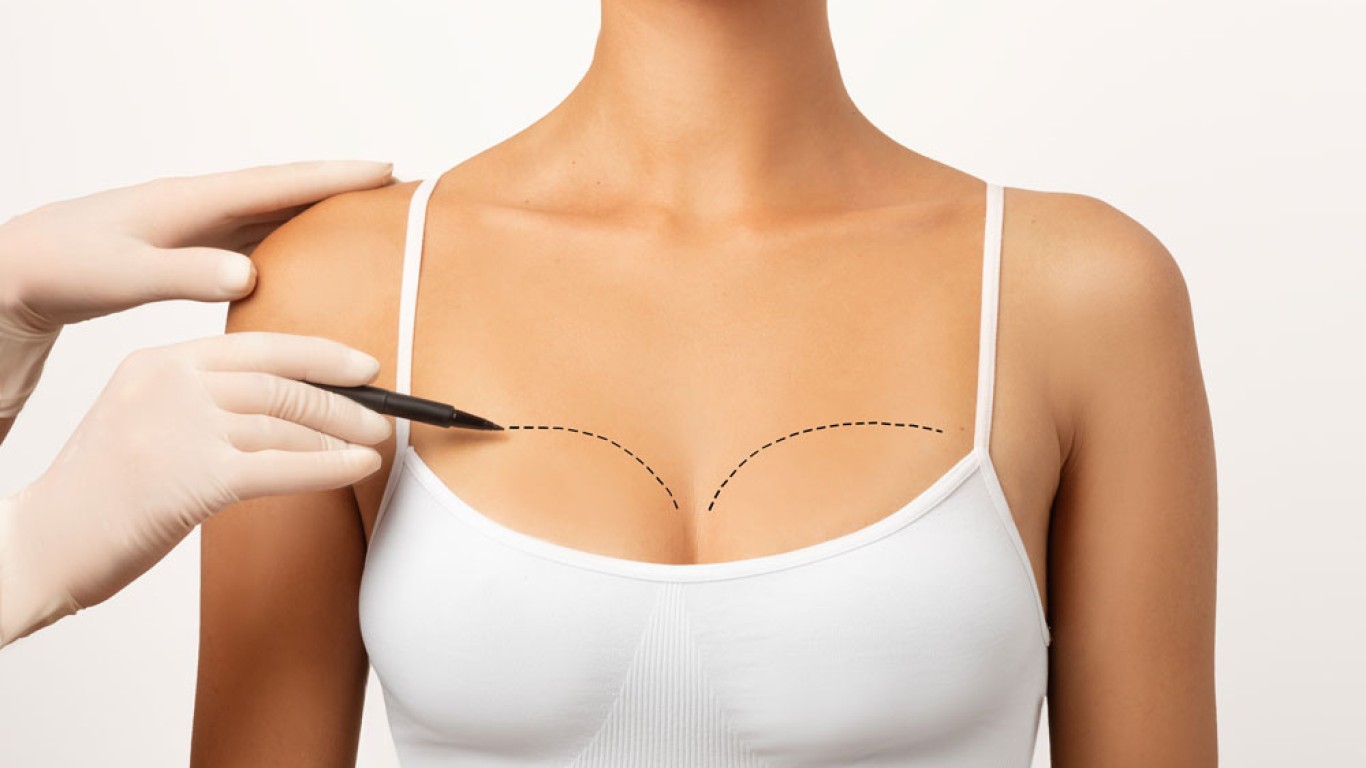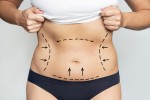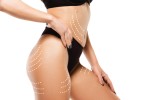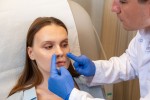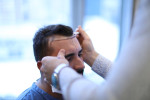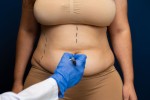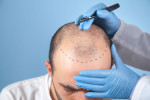Introduction
Breast reduction surgery offers lasting relief from discomfort and improved body confidence. However, one common concern for patients is how to manage the resulting scar. While scarring is a natural part of the healing process, proper care can make a significant difference in its appearance. Additionally, following expert guidance helps ensure the scar fades well over time. This article outlines proven strategies for effective breast reduction scar care. It will help you achieve smoother, more discreet results after surgery.
Understanding Breast Reduction Scars and the Healing Process
After breast reduction, your body begins the natural process of healing incisions. This healing occurs in stages. In the first few weeks, wounds close and start forming scar tissue. Redness, swelling, and firmness are normal. Additionally, your surgeon will remove stitches or use dissolvable ones, depending on the technique. Over time, the scar flattens and changes colour. However, full scar maturation can take up to 12 months. Understanding this timeline is essential for setting realistic expectations about scar appearance.
Follow Your Surgeon’s Post-Op Instructions
The first step in successful breast reduction scar care is closely following your surgeon’s instructions. These may include how to clean the area, when to remove bandages, and how to apply topical products. Additionally, your surgeon will explain when to resume normal activities. Avoiding excessive movement early on helps reduce tension on the scar. By respecting post-operative guidelines, you minimise complications and support healthy scar formation from the beginning.
Breast Reduction Scars: Use Scar Creams and Gels
An effective tool in breast reduction scar care is the use of silicone-based products. Silicone sheets or gels create a protective barrier that keeps the skin hydrated. They also help improve healing. Additionally, silicone helps flatten raised scars and reduce redness. These products should be applied once the wound has fully closed. This will typically be after two to three weeks. With consistent use over several months, many patients see visible improvement. Always consult your surgeon before starting any scar treatment.
Massage the Breast Reduction Scar Gently
Once healing is well underway, gentle massages can aid in reducing stiffness and improving texture. Massaging increases blood flow, which supports skin regeneration. Additionally, it helps break down dense scar tissue, making the area softer and smoother. Use a clean hand and apply light pressure in circular motions. You can also use a recommended moisturiser during massage for added hydration. Start this technique only when your surgeon confirms it is safe to do so.
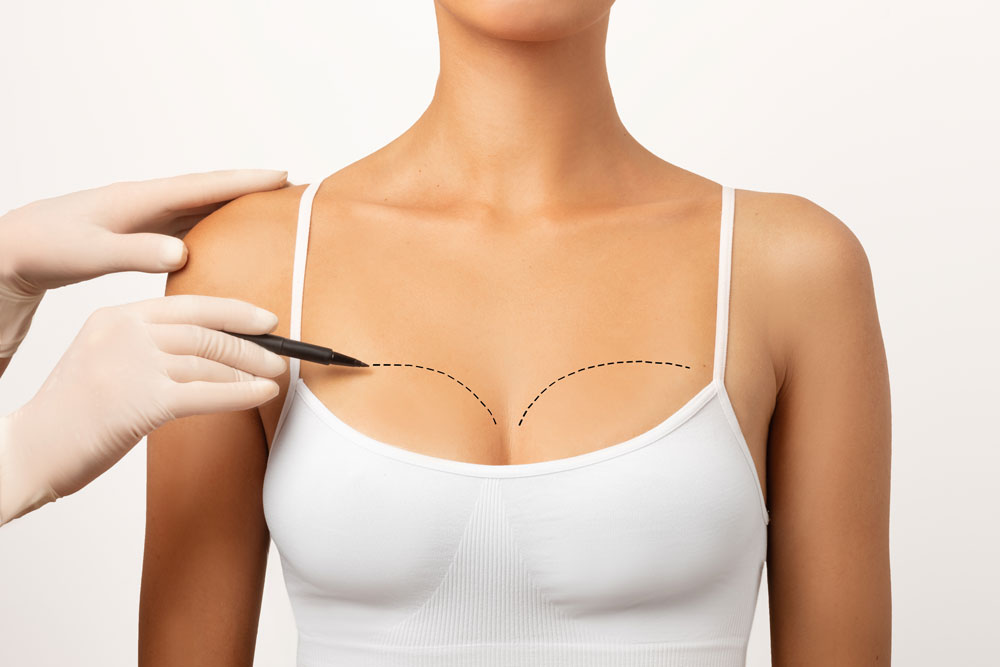
Protect the Breast Reduction Scar from Sun Exposure
UV rays can darken scars, making them more noticeable and harder to treat later. Therefore, sun protection is vital for maintaining the best scar appearance. Use a broad-spectrum sunscreen with at least SPF 30 whenever the area is exposed. Additionally, consider wearing clothing that covers the scar while outdoors. Even short periods in the sun can lead to long-term discolouration. Protecting your breast reduction scar from sunlight helps it remain as discreet as possible.
Wear Supportive Garments as Advised
Compression bras or surgical garments play a key role in scar management. They support the breasts, reduce swelling, and prevent pulling on the healing incisions. Additionally, they help maintain your new breast shape. Wear the recommended garment day and night, as advised by your surgeon. This helps ensure that scars heal in the right position. Avoid underwired bras during the initial healing phase. These can irritate the scar or cause uneven pressure.
Avoid Smoking and Alcohol
Your lifestyle choices also affect how your breast reduction scar heals. Smoking reduces blood flow and oxygen to tissues, which slows healing and can worsen scarring. Additionally, alcohol can cause dehydration and interfere with immune function. If possible, stop smoking at least two weeks before and after surgery. Staying hydrated and eating a balanced diet also supports healthy skin recovery. By avoiding harmful habits, you improve both your health and the appearance of your scar.
Stay Hydrated and Eat Nutrient-Rich Foods
Your body needs the right fuel to heal effectively. A nutrient-rich diet helps your skin regenerate and reduces inflammation. Include foods high in vitamins A, C, and E, as well as zinc and protein. Additionally, drinking plenty of water helps keep skin hydrated and elastic. Good nutrition supports all stages of wound healing, from initial closure to scar fading. A healthy body is better equipped to produce strong, flexible tissue with less visible scarring.
Consider Professional Breast Reduction Scar Treatments
If your scar becomes raised, red, or difficult to manage, professional treatments may help. Options include laser therapy, microneedling, or corticosteroid injections. These procedures are typically done in a clinic and require medical supervision. Additionally, they can improve texture, colour, and thickness. Always wait until the scar has matured before pursuing advanced treatments. Your surgeon or dermatologist can guide you on timing and suitability. In many cases, early conservative care reduces the need for intensive options later.
Patience Is Key with Breast Reduction Scar Fading
Scars do not fade overnight. Even with excellent care, visible changes take time. You may notice improvement within three months, but results often take up to a year. Additionally, genetics play a role—some people naturally form more noticeable scars. By maintaining a routine, using proven products, and protecting your skin, you give your body the best chance to heal well. Patience and persistence are essential throughout your scar care journey.
Conclusion
Caring for your breast reduction scar involves a combination of consistency, protection, and expert guidance. From using silicone gels to avoiding sun exposure, small steps make a big difference. Additionally, following your surgeon’s advice and being patient leads to smoother, less visible results. Every scar heals differently, but with proper care, you can achieve a confident, natural outcome over time.
For more information and to book a consultation visit the ACIBADEM Beauty Center website.
Frequently Asked Questions
You can begin once the incision is fully closed, usually around two to three weeks post-op.
Typically, for at least four to six weeks. Your surgeon may recommend wearing it longer based on healing.
Scars rarely vanish entirely, but proper care can help them fade and become far less noticeable.
Some natural oils may help, but consult your surgeon before using anything not medically recommended.
If your scar remains raised or red after six to twelve months, speak to a dermatologist or surgeon.
